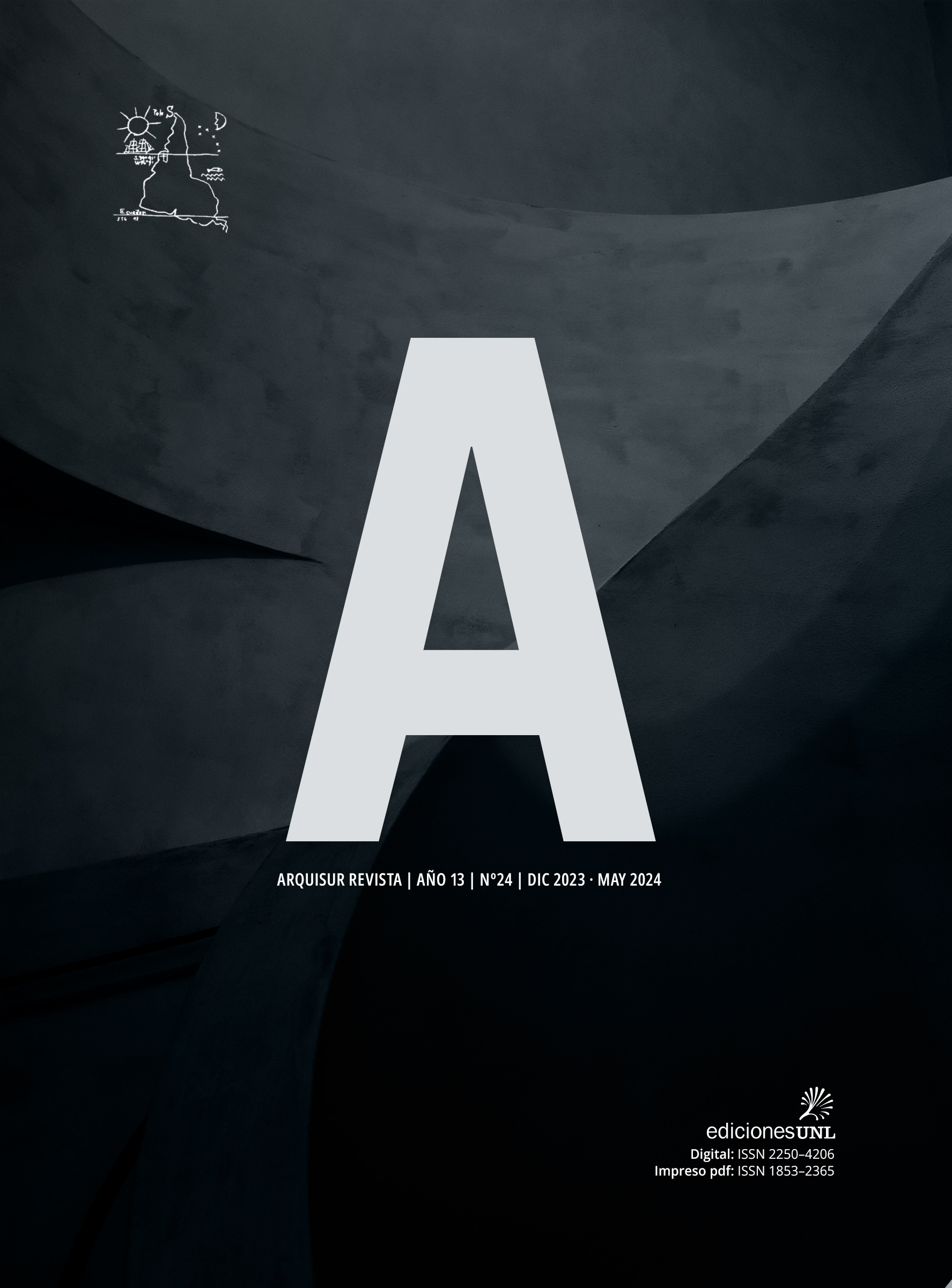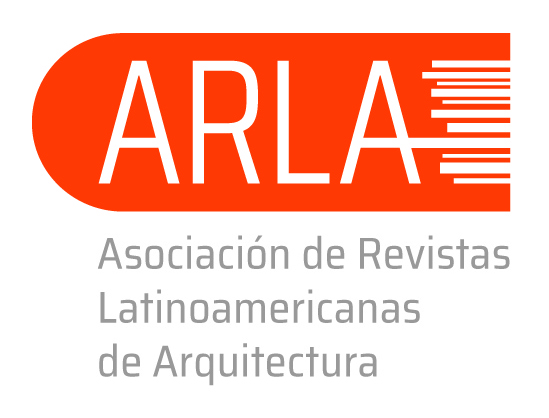The gesture of furniture
DOI:
https://doi.org/10.14409/ar.v13i24.13005Keywords:
static, form, furniture, movement, perceptionAbstract
Without ignoring other manifestations of design that were internationally widespread, reached different levels of recognition, and became true icons, this article especially reflects on the movement of pieces of furniture. Beyond the movement that the piece itself may have, either its movement from one place to another or the internal movements that allow it to reduce or expand its size, such as folding, rolling, turning, balancing−, this reflection focuses on those pieces of furniture whose forms suggest movement. Reference will not be made, therefore, to the piece’s movement itself, which may not exist, but rather to the movement that evokes its form, anticipates it, or keeps it in suspense. We will address a potential movement, a situation of the object that could occur and is captured by our senses –especially vision– and our imagination. This condition, raised as a research premise, opens the field of analysis to a series of objects in which this property is detected –potential or suggested movement– and achieved through different design resources generally associated with the form management.
References
Gay, A.; Samar, L. (2007) El diseño industrial en la historia. Ediciones teC. Centro de Cultura Tecnológica. http://historia-disenio-industrial.blogspot.com/2013/10/diseno-americano-anos-30s-streamlining.html
Gómez–Jáuregui, V. (2004). Tensegrity Structures and their Application to Architecture. School of Architecture. Queen’s University. https://www.researchgate.net/publication/228781961_Tensegrity_structures_and_their_application_to_architecture
Gómez–Jáuregui (2008). Estructuras tansegríticas: ingeniería y arquitectura novedosas. http://www.tensegridad.es/Publications/Estructuras_Tensegriticas-Ingenieria_Y_Arquitectura_Novedosas_by_GOMEZ-JAUREGUI.pdf
Pantaleón Panaro, C.; Parodi, A. (2015) Cronomueble. Cronología comparada del diseño del mueble. 1750–1999. Ediciones Universitarias. Unidad de Comunicación de la Universidad de la República (UCUR).
Sparke, P.; Hodges, F.; Stone, A.; Dent Coad, E. (1987). Diseño. Historia en imágenes. Título original Parish, K. (Ed.). Disign Source Book. Herman Blume. 1987.
Vainer, A.; Carvalho Ferraz, M. & Suzuki, M. (1993). Lina Bo Bardi. São Paulo: Instituto Lina Bo e P.M. Bardi.
Williams, W. O. (2003) A Primer on the Mechanics of Tensegrity Structures. http://www.math.cmu.edu/~nw0z/publications/03-CNA-013/013abs/03-CNA-013.pdf
Downloads
Published
How to Cite
Issue
Section
License
Copyright (c) 2023 ARQUISUR Revista

This work is licensed under a Creative Commons Attribution-NonCommercial-NoDerivatives 4.0 International License.
ACCESO ABIERTO
ARQUISUR Revista es una publicación de acceso abierto y sin ánimo de lucro. No se imputan cargos por la recepción, revisión, evaluación, publicación ni acceso a sus contenidos. Se distribuye bajo una Licencia Creative Commons CC Atribución-NoComercial-SinDerivadas 4.0 Internacional (CC BY-NC-ND 4.0): No se permite un uso comercial de la obra original ni la generación de obras derivadas. Esta licencia no es una licencia libre, y es la más cercana al derecho de autor tradicional.
DESCARGO
Los criterios expuestos en los artículos son de exclusiva responsabilidad de sus autores y no reflejan necesariamente la opinión del Comité Editorial ni de la Dirección Editorial Técnica. Los derechos de los artículos publicados pertenecen a sus autores o editoriales. Los autores ceden sus derechos de publicación al Centro de Ediciones de la Universidad Nacional del Litoral de Santa Fe, Argentina.













